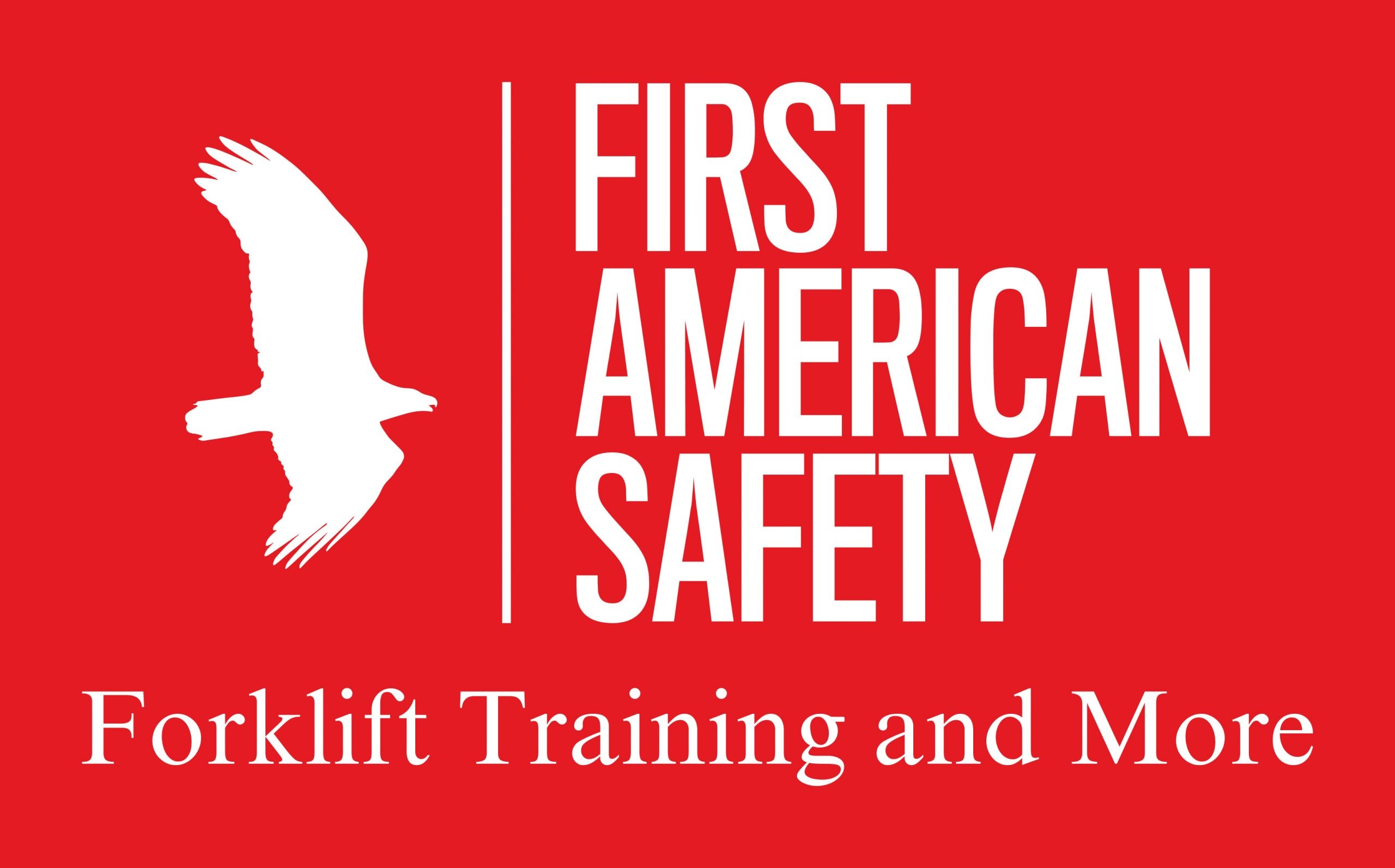Need some free safety meeting topics?
Flagging Traffic Safely
Flagging Traffic Safely – Toolbox Safety Topic
Nearly all work near roadways will require flagging traffic. All flaggers must be trained and certified in order to be permitted to work as a flagger. You cannot just pick up a stop/slow paddle and go try to control traffic. Many supervisors will often give this job to “the new guy,” or even an injured worker who cannot move much! Flagging is one of the most important and dangerous jobs on the work site!
One of the goals of construction traffic control is to prevent a tie-up in the operation of the construction project and to allow the general public to move as efficiently as possible around the construction site. It is important that all flaggers remember that they represent the company and will come into contact with many people while flagging. Therefore, be courteous at all times. Flaggers must also use the correct signals and procedures so that they do not confuse drivers. Confused drivers put everybody in danger.
Things Flaggers Must Know
All flaggers must go through formal training in order to be able to flag traffic. Flagger training is usually a minimum of four hours long. It is best if only experienced workers are selected to work as the flagger. Some things that all flaggers should be trained on include:
- How to make themselves visible
- Proper signals using the stop/slow paddle and hands
- The hazards of flagging and how to plan an escape rout
- Communication techniques
- How to communicate clearly and courteously with drivers
- The principles of traffic control in work zones
- How to set up a flagging system that will satisfy federal and state standards.
Basic Safety Principles for Flaggers
Flagging is one of the most dangerous jobs on the work site. You are on the front lines between your crew and the driving public. It is your duty to protect you coworkers, the public, and yourself! Below are a few safety reminders for flagging traffic:
- Make yourself as visible as possible. A safety vest and bright-colored hard hat will help you stand out.
- Stay in your flagger station at all times. Never stand in the traffic lane unless the traffic has stopped.
- Use only the flagging signals you were trained to use. Using non standard signals can send mixed messages and confuse drivers. For example, do not wave the paddle at drivers.
- Have an escape route in mind at all times in case a vehicle comes at you. Practice using your escape route to ensure there are no potential problems.
- Stay calm and courteous at all times, even when drivers are angry. Never touch a driver or their vehicle for any reason.
- Dress neatly and conduct yourself professionally. Drivers are less likely to obey you of you look like a slob or act unprofessional.
- Never turn your back on traffic, and never step in front of a moving vehicle or angry driver.
- Do not allow other workers to talk to you or gather near the flagger station. Flaggers must stand out and be free of distractions.
Final Thoughts
Being the flagger is one of the most important jobs at a road construction site. You have a huge responsibility to everyone involved. The job must be taken very seriously. Lives depend on you!
